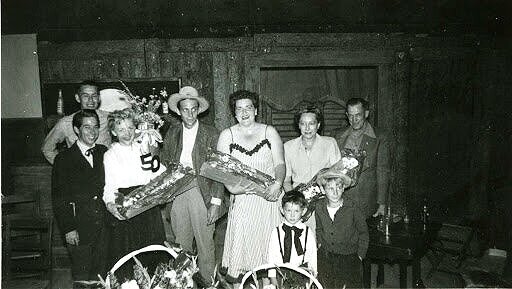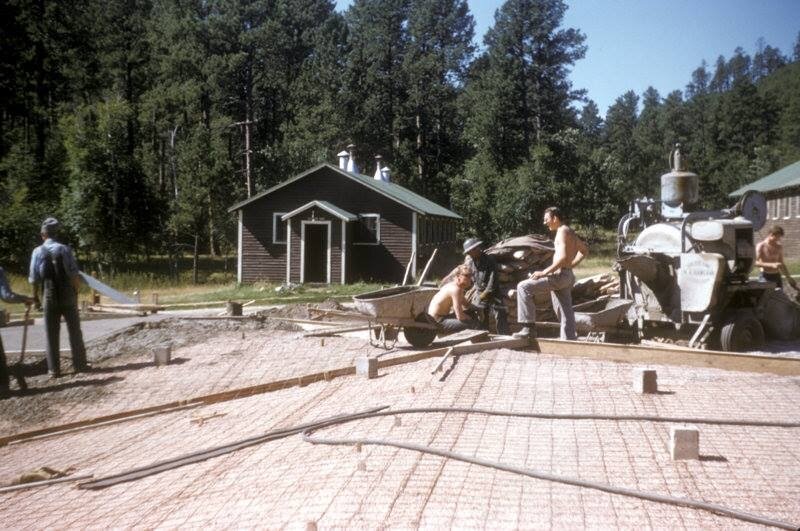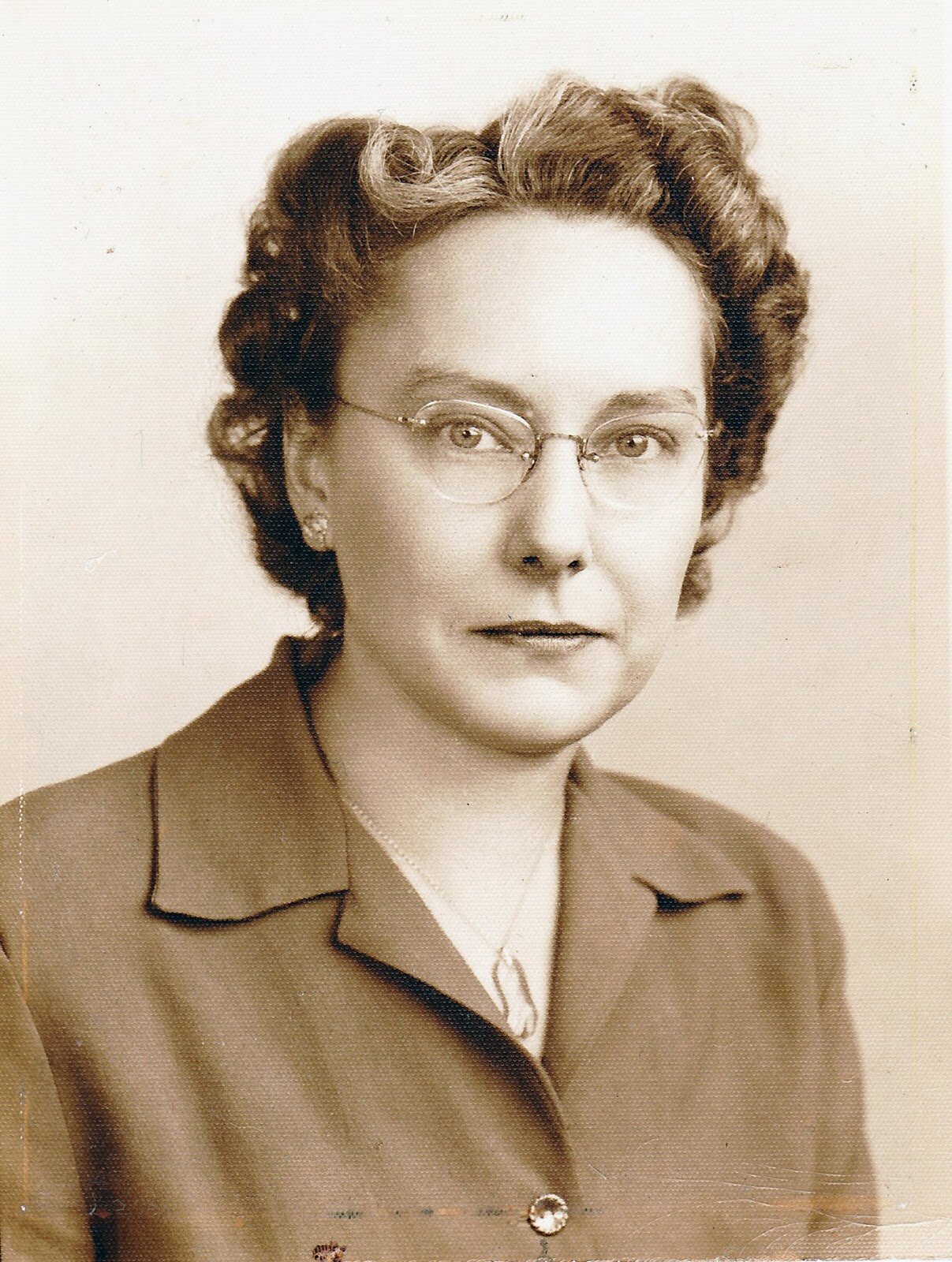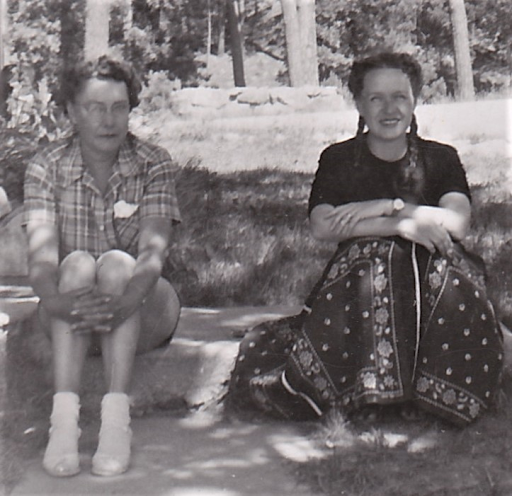BHP’S FOUNDING FAMILY
written by Jim Haberman
The Lees
Dr. Warren M. “Doc” Lee, 1908-1978
Margaret Robertson “Wifie” Lee, 1909-1966
Evelyn Dawson Park “Evie” Lee, 1920-1984
Byron Lee, 1945 – 2017
Milt Lee, 1948 – 2019
Doc Lee
Undeniably, Dr. Warren M. “Doc” Lee is the one and only person without whose existence the Playhouse couldn’t even possibly be celebrating its remarkable 75 seasons – and still counting. But sadly, with time’s passing, most BHP alums of course never knew him at all, and frankly, the vast majority of those who did can’t claim much more than a few shared though sometimes-memorable passing moments. Regrettably I feel like I’m somewhat in that boat too, even though technically I’d been in Doc’s general presence for 20 (mostly childhood, alas) summer seasons at the Playhouse.
That’s because, to be honest, Doc really wasn’t terribly easy to know closely. This may seem odd to say of someone whose verbal and physical idiosyncrasies were so numerous and vivid that he was lovingly impersonated by countless company members over the years. But beyond Doc’s quirky vocal and visual mannerisms and sometimes forcefully expressed rock-solid, steadfast devotion to that always risky and uncertain theatrical experiment of his in the Black Hills, he was rather a shy person who usually kept to himself, mostly off tending to Playhouse business out of sight of the company. His somewhat gruff first-impression demeanor was also often read as intimidating, especially by camp newcomers.
But once you got past that, Doc’s innate reticence and outward crustiness were quite overmatched by a solid sense of deep integrity, stubborn resolve, and forthrightness always evident in him. One somehow sensed he had a clear and level-headed view of what ought to be done, and you believed you could always fully count on his word. Perhaps more than anything else, this was what inspired so many students, artists, patrons and – crucially for the BHP – local leaders of all kinds in the Hills area to enthusiastically support what looked to be an impossibly long shot to succeed. That and Doc’s approachably rough-hewn, salt-of-the-earth frontier-style facade, down to that ever-present pipe, bolo tie and cowboy boots, which those close to him knew in fact somewhat tended to obscure a quietly ambitious and surprisingly sophisticated artistic mind.
Dick Lippke, Doc Lee, Doc Knutson, Hap Haberman
50th Performance of The Legend of Devil’s Gulch
Laying the theatre foundation
As Hap (Haberman) wrote some years later, “Doc Lee’s bold pioneering vision and leadership carried us safely past those early struggles to simply survive, and on to significant success. And that growth owed plenty to Doc’s signature triumph, his beloved “new theatre” that remains our flagship.” Along with pride in his playwriting achievements, most notably the BHP’s perennial Legend of Devil’s Gulch performed in well over 30 seasons, Doc certainly considered the theatre building his cherished magnum opus in the wilderness, and soon afterward even developed an ambitious plan to widen the scope and size of the Playhouse campus into a comprehensive fine arts center adding music, dance, and visual arts.
The Legend of Devil’s Gulch-1966
Don Sundquist, Hap Haberman, Marian Reed
But now let’s put all that highfalutin’ stuff aside and admit Doc was at times a very, very funny fellow, for you truly can’t wrap up the subject of Doc Lee without mentioning humor. His precisely timed sly observations and zingers, often delivered so drily that some listeners didn’t quite catch there was a joke, were frequent and usually priceless. And everyone who spent a BHP summer back then can vividly recall one or both delightful comic monologues Doc happily trotted out at the July Christmas party and other occasions. His Hamlet take-off, “To Me or Not to Me,” parodied the world’s most famous soliloquy as cleverly phrased musings about a wrapped present just about to be opened. But Doc’s real tour de force was his mock-German gibberish performance of Poe’s The Tell-Tale Heart, delivered with fiendish glee, maniacally tousled hair, and frantically hilarious pantomime, all under a sickly green spotlight. Even just the way Doc so crisply ricocheted between wildly unintelligible lunatic ravings and those quietly menacing “tick-tick-tick-tick” punctuations that slowly grew louder and more frequent, was quite simply masterful. We who were lucky enough to witness that would all, I know, dearly love to be able to watch it even just once again.
Doc’s beloved spouse and partner Margaret, known to one and all simply as “Wifie,” stuck firmly by his side throughout the first 20 especially rough and critical BHP years. A vital pillar of strength to Doc, Wifie was a quietly enigmatic lady who most company members came to know only as the camp nurse. In fact, the great majority spent just a brief though wincingly memorable moment with her once a summer, to receive that “deeply- dreaded” yearly Rocky Mountain Spotted Fever shot – to use one of Ellie’s less colorful descriptions of it. At first glance, Wifie appeared to be uncannily created from exactly the same stoic pioneer mold as Doc, having been if anything less chatty than he was. The word “taciturn” often felt as though it was invented just for the two of them. But once you knew her better, you’d discover a deep reserve of warmth and humor behind that still façade. Sadly, Wifie’s presence around camp waned further as she bravely endured a lengthy battle with cancer over her last several years, passing away in 1966.
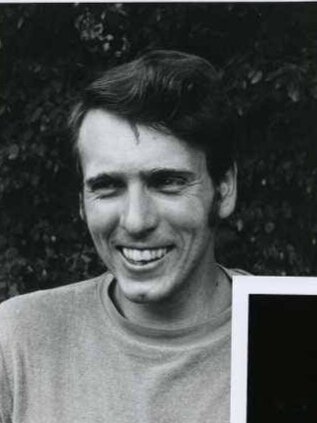
![Byron and Milt youngsters[1].jpg](https://images.squarespace-cdn.com/content/v1/60c54059dd587909185f132c/1626656458372-H837DOTN5H15CM3ZT78Z/Byron+and+Milt+youngsters%5B1%5D.jpg)
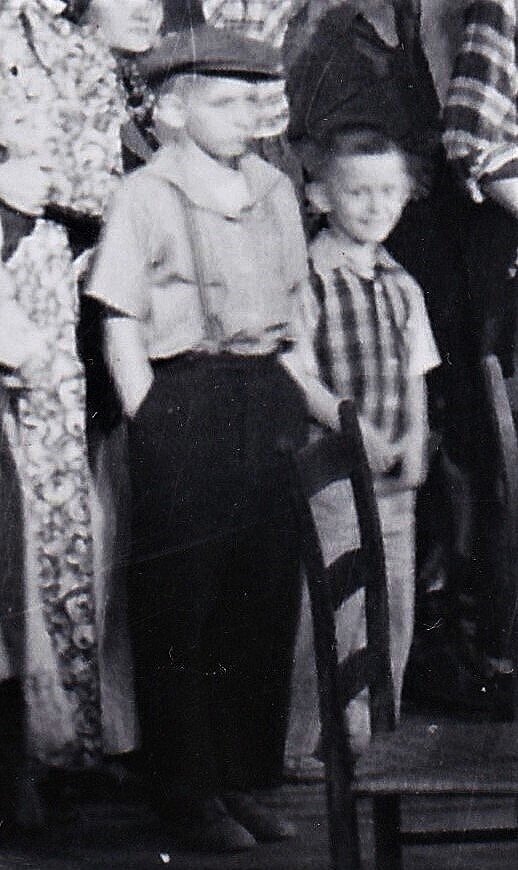
Far more commonly seen and much better known to most of us were Doc’s two adopted sons who had been lovingly named after classic English poets – surely no coincidence – and who both grew to master very different roles of real significance to the Playhouse. Byron Lee was just over a year old at the inaugural 1946 BHP summer, while Milton debuted there two years later, both probably lucky they were young enough to have been blissfully unaware of the enormous hardships and privations of the Playhouse’s earliest seasons.
Despite the disbelieving looks they’d always get, my parents would often insist that Byron had been a wildly rambunctious little kid, notorious at one brief stage for his practice of hurling small rocks at unsuspecting by passers with impressive accuracy. The amazing thing about that little tidbit is you’d never in a million years have dreamed he could ever have been anything like that. Through later childhood, adolescence and beyond, Byron was unfailingly kind, pleasant, laid-back and good-natured. He also grew into a diehard baseball fanatic, teaming up with like-minded Ron Reed in the mid-sixties to painstaking clear and maintain the large open field across the creek from the shops, so it could be used for their beloved softball games.
Byron was also cast in a number of plays in his youthful days, most notably in 1956’s On Borrowed Time, then stayed on a few extra years as the Gulch’s Singing Cowboy. But he didn’t much care for acting, becoming best known as the BHP Snack Bar’s ever-genial, always hard-working manager, a job he capably and cheerfully undertook throughout several seasons for most of the sixties. But Byron’s sharp intelligence coupled with that relaxed likeability always made him seem destined for greater things. So sure enough, after a farewell Snack Bar summer in 1973, Byron entered law school and never looked back, becoming a prominent trial lawyer in Houston before long. And of course, Byron also remained one of the BHP’s most enthusiastic and generous longtime backers, right up until his untimely passing four years ago after a long battle with cancer.
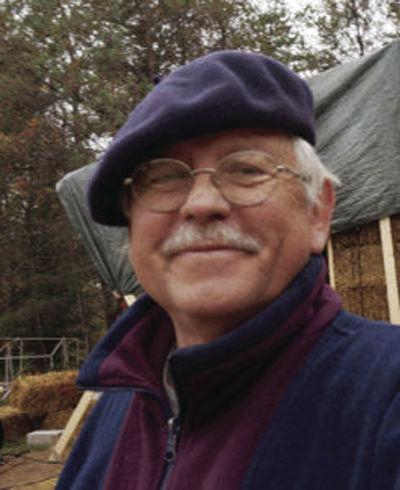

Though he also played a notable part in the BHP story, Byron’s little brother Milt Lee could hardly have been much more different. Milt was every bit as outgoing as Byron was reserved, with all the restless energy and wide-eyed enthusiasm you’d expect to see from such a twinkly-eyed, playfully mischievous spirit. Self-proclaimed “hound-dog” Milt loved to laugh, loved to joke around, and play and entertain, and proudly kept on staying youthfully animated well into adulthood. And you certainly often found yourself smiling and chuckling right along when in his company.
But that’s not to say Milt didn’t have a more sober and serious side, as he gradually developed into a talented lighting designer and light/sound technician during his many Playhouse summers. He could also be an effective onstage presence, most memorably as McMurphy in Cuckoo’s Nest, a larger-than-life role that seemed particularly well-tailored to his talent and to some degree, even his personality. Milt later spent a few winters caretaking and overseeing the BHP campus, but soon embarked on his true career as a respected and accomplished media producer, writer, and director, often dealing in Native American subjects drawing from his own birth heritage that had become increasingly dear to his heart over the years. Like Byron, Milt became a major BHP booster in more recent times, and sadly also like him, passed away much too soon.
Finally, a history of the Lees at the BHP can’t really be complete without taking note of Doc’s second wife, Evie. Long before she married Doc after Wifie’s passing, Evelyn Dawson had been arguably the Playhouse’s most important company member outside of the Lee family itself. Like Doc, she was there for every one of the BHP’s first 30 seasons, originally as its most celebrated onstage comedienne playing in countless productions. In later years once married to him, Evie spent most of her time as the company’s purchasing agent arranging for and buying props, make-up, and other supplies, appearing by then only rarely onstage. She did continue for awhile as a Gulch saloon dancer alongside Ellie (the BHP’s most beloved Laurel and Hardy act) and reprised her acclaimed roles in repeat favorites Arsenic and Old Lace and The Matchmaker. Evie also directed Doc’s Legend of Devil’s Gulch through the late sixties and early seventies.
Neff Williams, Gladys Carlsen, ? Evie Lee. Dale Green and Evie on Comanche Day.
Of almost equal importance throughout previous years though was Evie’s wide-ranging influence outside camp as Rapid City Central High School’s longtime drama teacher and director. She fostered many talented students, nudging them in the direction of the BHP after graduation and sometimes even before then when teens were needed for roles. Evie was also an invaluable local booster of the Playhouse for decades by means of the sheer number of Rapid City and Hills area leaders and residents to whom she tirelessly promoted the BHP. That’s partly because Evie was first and foremost a genuine social dynamo, fondly remembered for her warm, rich laughter and buoyantly cheerful gusto, cherished particularly through those early seasons when her bright optimism and great humor helped many to focus away from the harshest inconveniences of camp life back then. As a child, I couldn’t help but adore Evie too as she was simply wonderful with kids. (I will never forget her beloved ancient mutt Stuffy, a bedraggled little doggie who she claimed lived to the age of 33 and looked every day of it.)
Evie’s final role with Doc was as his devoted caretaker, following a debilitating stroke only two years into their retirement, after which Doc passed away just over a year later. Six years following that, Evie too left us, the last of the Lee family’s elder BHP generation. But their great institution lives vibrantly on, through the notable tenures of Leonard Anderson, then Jan Swank, and now Linda Anderson under whom the Playhouse thrives and continues to march proudly on. Doc, and Wifie too, would probably be quite amazed about that, and absolutely thrilled as well. Although you just might not notice it.
Jim Haberman June 2021
BHP Company Member 1953-54, 1957-73 and 1976
Hap, Ellie, and Jimmy Haberman



